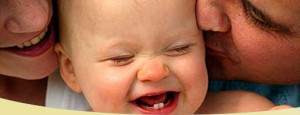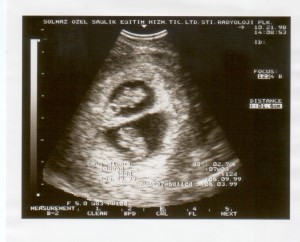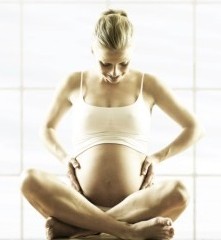“Wow, are all those twins yours? Were they all natural or ‘were they fertility’?”
 That’s the way it’s always worded, seriously, and I still cannot get over how very intrusive, rude and indignant that second question (that invariably follows the first) is each time it is asked. I also could never imagine myself asking that question of any other mother!
That’s the way it’s always worded, seriously, and I still cannot get over how very intrusive, rude and indignant that second question (that invariably follows the first) is each time it is asked. I also could never imagine myself asking that question of any other mother!
And in considering this rude question, it begs another: Are only those sets of twins or multiples that occur without medical assistance considered “natural”? Yes, they would be considered “naturally- or spontaneously-occurring”, but should the many twin pregnancies and twin babies resulting from medical intervention through, for instance, fertility medications or office procedures/surgeries be perceived as artificial in some way? If so, how does this perception affect the parents of babies who resulted from medically-assisted pregnancy attempts? No parents wants to think (or have anyone else think) of their precious children as somehow artificially-created.
Identical twins are not usually products of infertility treatments since they result from the spontaneous splitting of a single embryo, and are not the result of more than one ovum (egg) released during one given cycle. Fertility treatments, for the most part, intend to elevate a woman’s chance of conceiving by increasing the number of egg-containing ovarian follicles in one monthly cycle. Pregnancy odds are increased with this treatment alone, or when combined with a procedure such as assisted insemination (aka artificial insemination), or with one of the procedures under the heading of InVitro Fertilization (IVF). IVF offers the highest percentage of pregnancy success in the infertility industry today. It is a process by which more than one embryo, which were products of in-laboratory fertilization, are transferred to the uterus in the hopes that one or more will implant and result in pregnancy of a single baby or of fraternal twins (or more).
Many fraternal twins, however, occur spontaneously. In other words, these twins are products of the woman spontaneously ovulating more than one egg (hyperovulation) in one cycle, and each becoming fertilized. Personally speaking, I must have ovulated two eggs the month that I became pregnant with my last set of twins! My first two sets, however, were first-attempt G.I.F.T. babies. G.I.F.T (Gamete Intrafallopian Transfer) is a procedure where the egg and sperm are retrieved, then individually placed into the open end of a woman’s fallopian tube. When that procedure is complete, all fingers are crossed and prayers are said in the hopes that fertilization would naturally occur now that the gametes were placed in close proximity, and that the resulting embryos would implant and cause a pregnancy. In our case, the lack of sperm motility (swim-ability) was the infertility issue, so once we took that factor out of the equation, I became pregnant and stayed pregnant quite successfully.
Not all procedures are appropriate for every couple. Many factors (including situation-appropriateness, philosophical and religious beliefs) must be considered and discussed with each couple’s physician before any infertility treatment should be considered and pursued.
More and more couples experiencing infertility problems are becoming parents with medical assistance, and the number of couples seeking fertility assistance rises each year because they are waiting too long before starting a family. Publicity and journalistic reporting on the commonality of fertility treatments and the resulting births has contributed to the public’s perception that most twin or multiple pregnancies are the result of “artificial infertility treatments”, which further feeds public opinion that children are being artificially created.
As parents of our multiples (and multiple multiples), we know better. We know that our children are our children. They are the products of our love, whether they were conceived with or without assistance. Lastly, and most importantly, God has the last say in whether or not a child comes into the world, and there’s simply nothing artificial about that!







